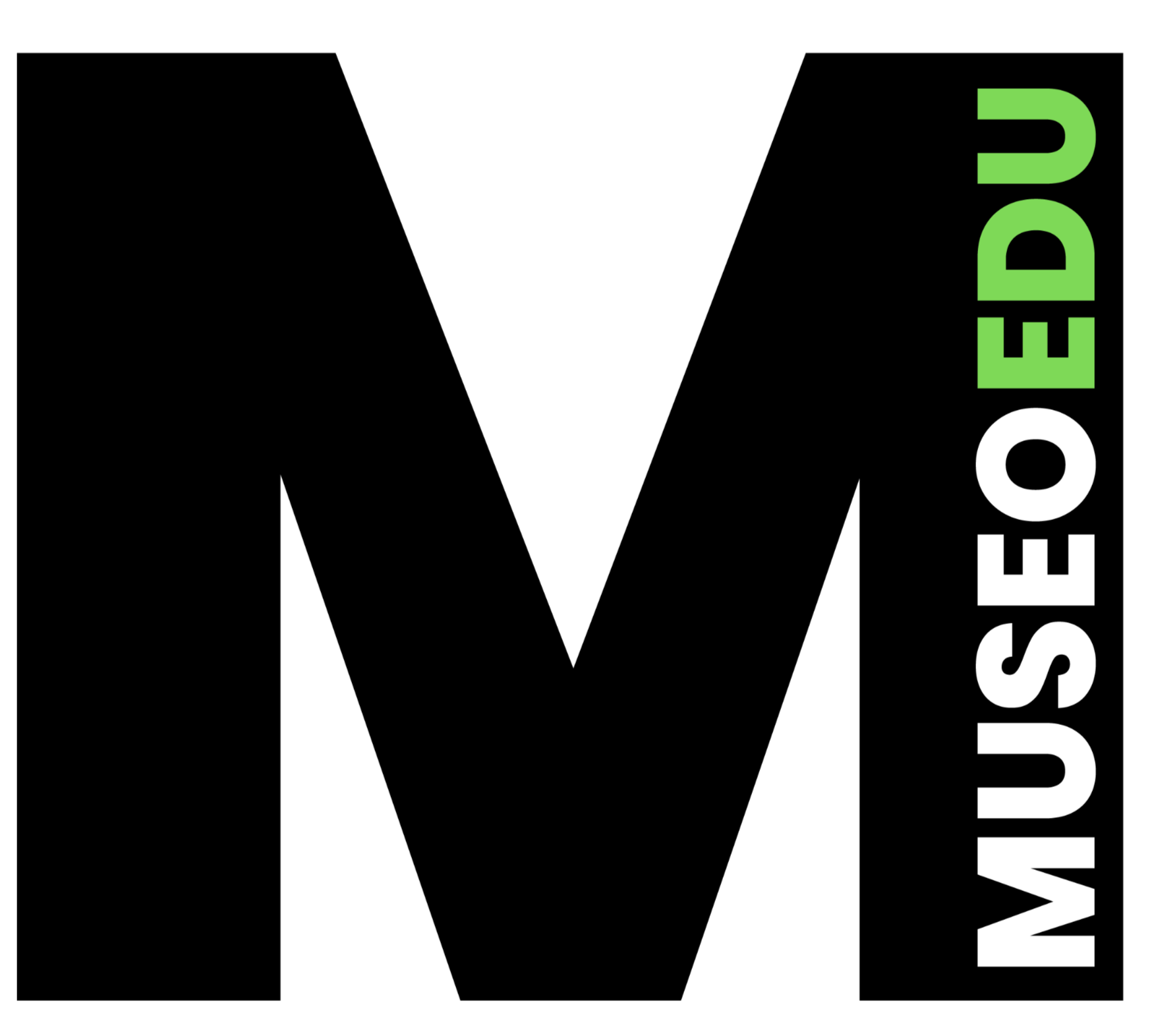Sustainability in Cultural Preservation: Digital Tools at the Forefront
This article explores the role of digital technologies in promoting sustainability within museums and cultural organizations.

Abstract:
This article explores the role of digital technologies in promoting sustainability within museums and cultural organizations. Museoedu’s digital archiving and virtual exhibition services are highlighted as key strategies for reducing the environmental impact of museum operations. The discourse emphasizes the alignment of digital conservation practices with broader sustainability objectives, demonstrating how technology can aid in preserving cultural heritage for future generations while minimizing ecological footprints.
Introduction:
The imperative to adopt sustainable practices in cultural preservation has never been more critical, given the escalating concerns about climate change and resource depletion. Museums, as stewards of cultural heritage, are increasingly turning to digital technologies to address these challenges. Museoedu, through its innovative digital archiving and virtual exhibition services, is facilitating this transition, enabling museums to engage audiences in a more sustainable manner.
Digital Conservation Techniques:
Museoedu's approach to digital conservation involves the use of high-resolution imaging techniques and 3D scanning to create detailed digital replicas of artifacts and artworks. These digital archives not only ensure the preservation of delicate items but also reduce the need for physical handling, thereby decreasing the wear and tear that contributes to the degradation of irreplaceable items.
Moreover, virtual exhibitions curated by Museoedu allow visitors to explore collections from anywhere in the world without the need for physical travel. This significantly reduces the carbon emissions associated with museum visits, aligning with global efforts to mitigate climate impact.
Case Studies and Impact:
The adoption of Museoedu’s virtual exhibitions by the Global Art Museum has shown a reduction in annual visitor-related carbon emissions by 30%. Additionally, digital archives have enabled the museum to cut down on energy consumption and storage costs associated with maintaining physical artifacts in climate-controlled environments.
Discussion:
The integration of digital tools in museum operations presents a compelling case for the role of technology in sustainable cultural preservation. These tools do not merely replace traditional methods but enhance them, providing a dual benefit of preservation and accessibility while ensuring environmental sustainability.
Conclusion:
The strategic application of digital technologies by Museoedu represents a paradigm shift in how museums approach the preservation of cultural heritage. It underscores the potential of digital tools to reconcile the need for accessibility and preservation with the imperative of environmental sustainability. As the cultural sector continues to evolve, the incorporation of these technologies will be crucial in shaping a sustainable future for global cultural heritage.

